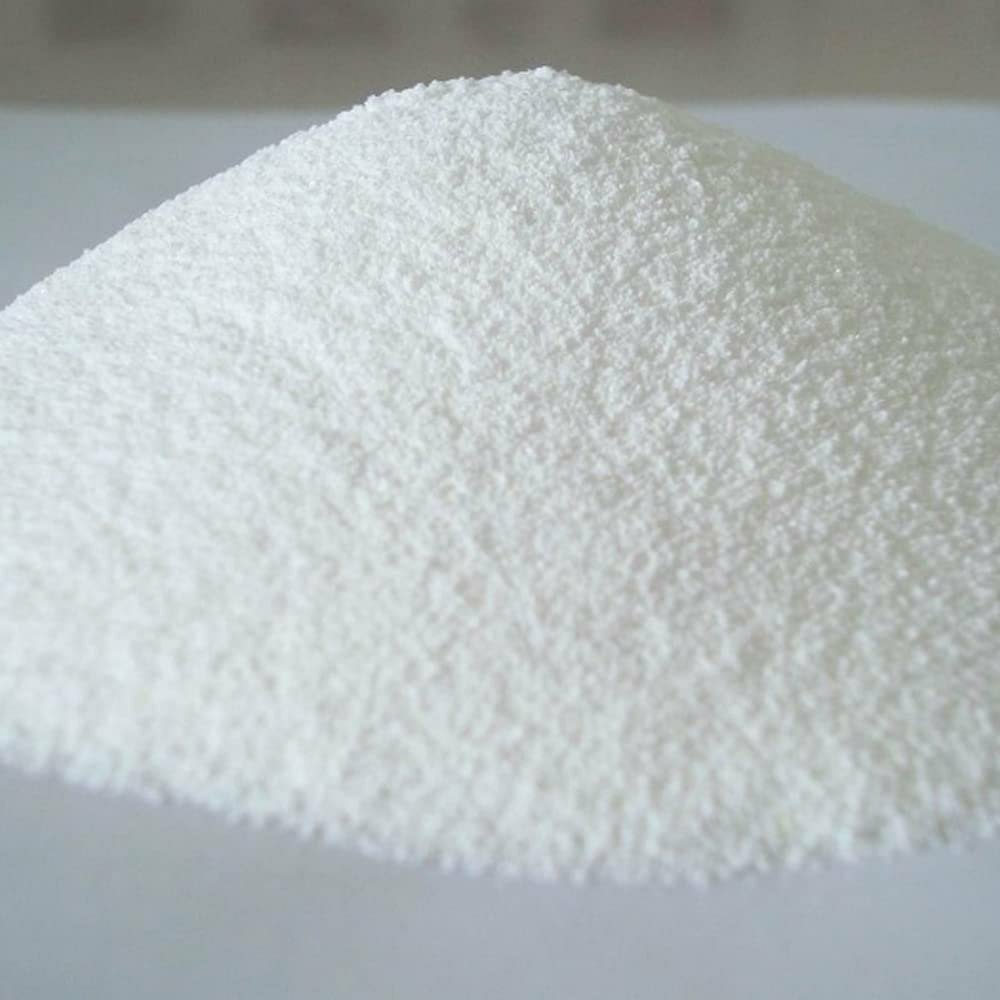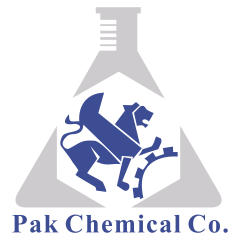Stearic acid is a saturated fatty acid widely used in various industries, including pharmaceuticals. This compound plays a crucial role in the production of tablets, capsules, and other pharmaceutical products. Additionally, stearic acid acts as an additive in pharmaceuticals, enhancing product quality and stability. This article explores the benefits, properties, and applications of stearic acid in the pharmaceutical industry.
What is Stearic Acid?
Stearic acid (C18H36O2) is a long-chain fatty acid found in plant and animal fats. It is typically derived from natural sources such as palm oil and animal fat and is used in the pharmaceutical industry due to its unique properties. Its anti-adherent and emulsifying characteristics make it an essential component in drug formulations.
Benefits of Stearic Acid in the Pharmaceutical Industry
Enhancing Drug Stability
Stearic acid increases the physical and chemical stability of drugs, preventing their premature degradation. This feature is particularly important for medications that require long-term storage.
Controlled Drug Release
This compound helps regulate the release of drugs within the body, enhancing their effectiveness. Controlled drug release ensures improved performance and reduces side effects.
Improving Tablet Production Process
As a lubricant in tablet manufacturing, stearic acid reduces friction between ingredients and prevents them from sticking to equipment. This facilitates production efficiency and minimizes material waste.
Coating Agent
In some pharmaceutical formulations, used as a tablet coating agent to control drug release and improve swallowability. This feature makes medication consumption easier for patients, enhancing their experience.
Enhancing Drug Compatibility
Stearic acid improves the compatibility of pharmaceutical ingredients, preventing undesirable reactions. This is particularly important in complex drug formulations.
Main Applications in Pharmaceuticals
Tablet and Capsule Production
One of the primary applications of stearic acid in the pharmaceutical industry is its use as a lubricant and anti-adherent in tablet and capsule production. This property ensures easy molding and the production of uniform and stable tablets.
Formulation of Creams and Ointments
As an emulsifier, used in pharmaceutical creams and ointments to maintain consistency and enhance stability. It helps stabilize active ingredients in topical formulations and improves skin absorption.
Role in Nutritional Supplements and Pharmaceuticals
Stearic acid is used in the production of pharmaceutical and vitamin supplements as a stabilizer and compatibility enhancer. It improves the absorption of micronutrients in the body, increasing their effectiveness.
Safety Considerations and Side Effects
Stearic acid is generally considered safe in approved amounts. However, excessive consumption may lead to digestive issues. Some individuals may also experience skin sensitivities. Adhering to safety standards and recommended dosages in pharmaceutical production is essential. Research indicates that controlled doses of stearic acid pose no toxic effects, but unauthorized and excessive use may cause metabolic issues.
Environmental Impact of Stearic Acid
The use of stearic acid in pharmaceuticals must consider its environmental impact. Plant-based sources, such as palm oil, require sustainable and controlled production to prevent environmental damage. Additionally, purification processes and waste recycling can play a vital role in reducing the ecological footprint of stearic acid.
Conclusion
Stearic acid is a key ingredient in pharmaceuticals, used in the production of tablets, capsules, creams, and supplements. Its unique properties, including improved stability, controlled drug release, and enhanced manufacturing processes, make it an ideal choice for pharmaceutical formulations. Furthermore, its widespread application in various drug forms highlights its importance in the industry. By adhering to safety guidelines and environmental sustainability principles, the use of stearic acid can lead to the production of higher-quality and more effective medications. Moreover, developing innovative methods to optimize its pharmaceutical use can further enhance public health outcomes.

Read more:
